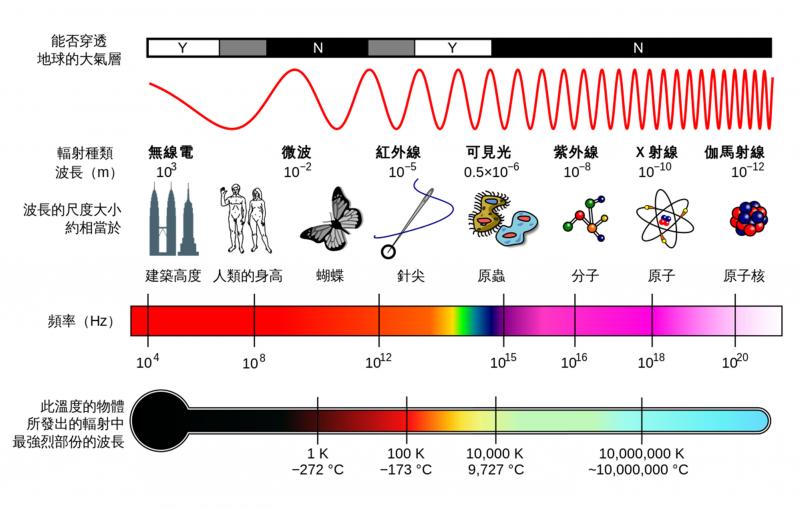Infrared Temperature Sensor
infrared theory
Infrared light was discovered by M. Herschel in 1800. Infrared light has a significant thermal effect and can be detected by instruments such as thermocouples, photoresistors or photocells. It is an electromagnetic wave with a wavelength between microwave and visible light, and its spectral range is between 0.76 and 1000 μm. It is an invisible light with a wavelength longer than red light. Covers the band of thermal radiation emitted by objects at room temperature. Its ability to penetrate clouds and fog is stronger than visible light, also commonly known as infrared light, which has a wide range of uses in communication, detection, medical treatment, military and other aspects.
Infrared temperature measurement technology
Infrared thermometers often provide the easiest, safest, and fastest temperature measurement, especially in situations where the body is not normally accessible, such as moving surfaces or high temperatures. Using non-contact temperature measurement is a cost-effective method. How to choose the correct and suitable infrared product needs to consider a variety of application conditions, for example: the object to be side is made of non-reflective material, reflective metal material, or in a space-limited environment to detect...etc.
Infrared Wavelength Introduction
The classification of infrared bands is different, divided into three bands or four bands. According to the description in the Technical Manual for Protective Equipment Selection-Safety Glasses of the Institute of Labor Safety and Health, the entire spectral range is divided into IRA (0.76~1.4 μm), IRB (1.4~10 μm) and IRC (10~1000 μm) three sections;
However, according to ICNIRP, it is divided into the following three sections:
1. Near infrared (near infrared, IRA): its wavelength is 0.76~1.4 μm.
2. Middle infrared (middle infrared, IRB): its wavelength is 1.4~3 μm.
3. Far infrared (far infrared, IRC): its wavelength is between 3 and 1000 μm.



